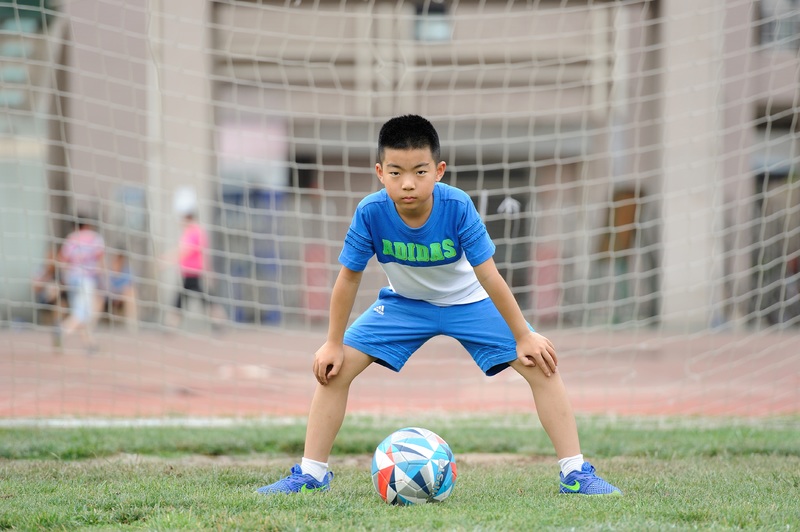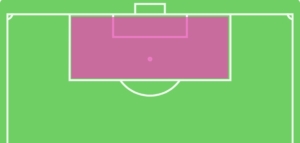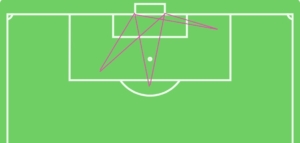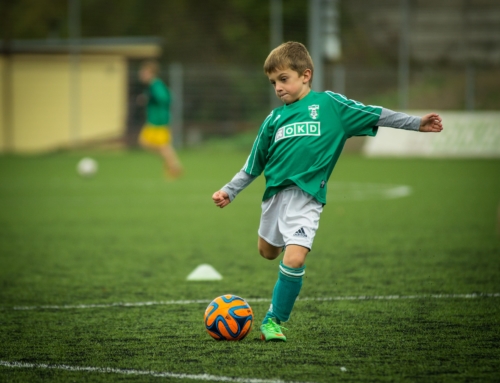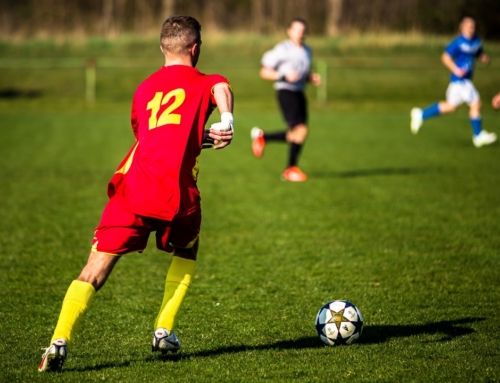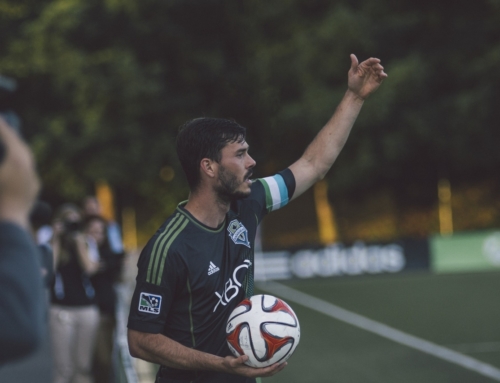Who Needs a Goalie?
Goaltending is one of the most neglected positions in recreational soccer. The skills and importance of the position are hardly mentioned and as a result players often play scared and get hurt. Just a bit of training for the whole team can really help inspire interest in this demanding role and prevent unnecessary injuries.
Point 1: What is a Goalie?
A goaltender, goalie, or keeper is the final line of defense, the eyes of the whole team, and often the bravest player on the field.
- Final line of defense: Obviously a goalie’s main job is to stop the ball from going into the goal, but a goalie also must be able to tackle, dribble, pass, and kick a ball with accuracy and power. The use of all of these skills makes a goalie a formidable foe on the field.
- The eyes of the team: Being the player nearest to the goal the goalie is able to see the entire field easily. Because of this a goalie should be loud and not afraid to tell teammates where to be and alert them to danger.
- The bravest player on the field: The goalie is often the bravest player on the field. They need to be willing to throw their bodies to the ground and in front of rocket shots. They need to be able to charge the ball even if the attacking player is running hard after it.
Point 2: Where does a goalie play?
A goalie plays primarily in the pink shaded area in the picture above. This does not mean a goalie must stay in the large box (sometimes called the 18 yard box). Sometimes a goalie may rush out to kick a ball away or up to a team-mate, or receive the ball from a team-mate.
The goalie may also pick up the ball with their hands anywhere in the shaded pink box. The only time a goalie cannot pick the ball up with their hands is if a team-mate passes the ball back to them with their feet. Once a goalie picks up the soccer ball they can drop-kick it, throw it with one or two arms, roll it out to a team-mate, or drop it to the ground and play a pass.
Point 3: Position and Angles
The next important thing a goalie should know is position. The goalie should not stand behind the goal line but in-front of it. You may think this is common sense but many of the younger players do stand behind the line when first playing goalie. Additionally a goalie should start from the middle of the goal. (It may be helpful to place a cone in the very middle, a step behind the line, for a player to reference).
Goalies in our 10-12 age division should begin to learn how to cover angles. The picture above shows what an angle would be from the ball to both posts. There are three angles shown to illustrate how the angle changes depending on the ball. Goalies should move left and right across the goal-mouth with the movement of the ball, being careful to position themselves within the center of that angle. This will help a goalie make more saves simply because they are in the right place. Additionally, older players should be aware of the distance they are from the ball. Too close and a good player will chip it over the goalie. Too far away and a good player will blast it into the corner. Rule of thumb for younger players is to be a 3 to 4 steps forward from the goal line towards the direction of the ball unless they are near the post and it is a tight angle.
One final note on angles and positioning. A goalie needs to know when to rush forward and grab the soccer ball. For example if an attacking player dribbles the ball too far ahead the goalie should rush out and either kick it away or grab it if they can. I often tell my team that they should be a hungry hungry hippo in goal. Get every marble!
Step 4: Making Saves
- Ready Position:
- Feet shoulder width apart
- Knees bent
- Hands by the waist
- Elbows tucked in
- Weight on toes
- Shoulders forward
- Eyes on the ball
- Catching a Ball:
- Above the waist: Thumb tips should be touching with fingers up towards the sky (to avoid jamming fingers). Players should make “W” with the hands. The hands should be out front of them and not tight to the body.
- Below the waist: Turn the “W” upside down. This time the pinkie fingers should be touching, fingers pointed towards the ground, and arms out in front of the body.
- Toss a ball to the player asking them to catch the ball and then bring it to their chest guarding it with their arms. They then toss the ball back to you. Repeat.
- Diving:
- Diving is difficult to teach. Some kids do it easily and others don’t. Begin with the player on their knees and role the ball to their left and then right making them reach for the ball, rolling from hip to shoulder. This helps a player get a sense of getting down quickly and reaching for the ball without thumping to the ground.
- Move the player to their feet have them shuffle forward in the ready position and then pass the ball to their left or right. have the player roll from knee, to hip, to shoulder to reach the ball.
- Goalie Kicks, Drop Kicks, and Throwing the Ball:
- Goalies must learn to distribute the ball to their teammates accurately.
- A goalie can throw or drop kick a ball when they pick it up with their hands or catch it. A goalie may throw the ball with one arm and does not need to use two hands like a throw in.
- If the ball goes out of bounds a goalie must kick the ball from the goal box (the smaller box directly in front of the goal). It is recommended that young goalies place the ball at either corner and kick the ball wide to a defender. If a player can kick the ball far, it is ok to place the ball differently. However, remember that many goals are scored when the goalie-kick goes bad.
The following link gives some additional information and pictures that may help: The Soccer Mom Manual
The following videos may be helpful to you when training goalies. If you find them useful please like and/or subscribe for more helpful videos from these sources. We receive no revenue from these creators. We simply find their material useful in providing visual instruction on key coaching topics.
Goalie Body Position:
Catching the Ball:
Diving:
Goal Kicks
(Both videos deal with the proper technique for a long pass. This translates well for a goalie and is the best I can find on the proper technique).
If you have any questions please let us know by contacting us through the website. We would be happy to answer any questions related to goaltending.

